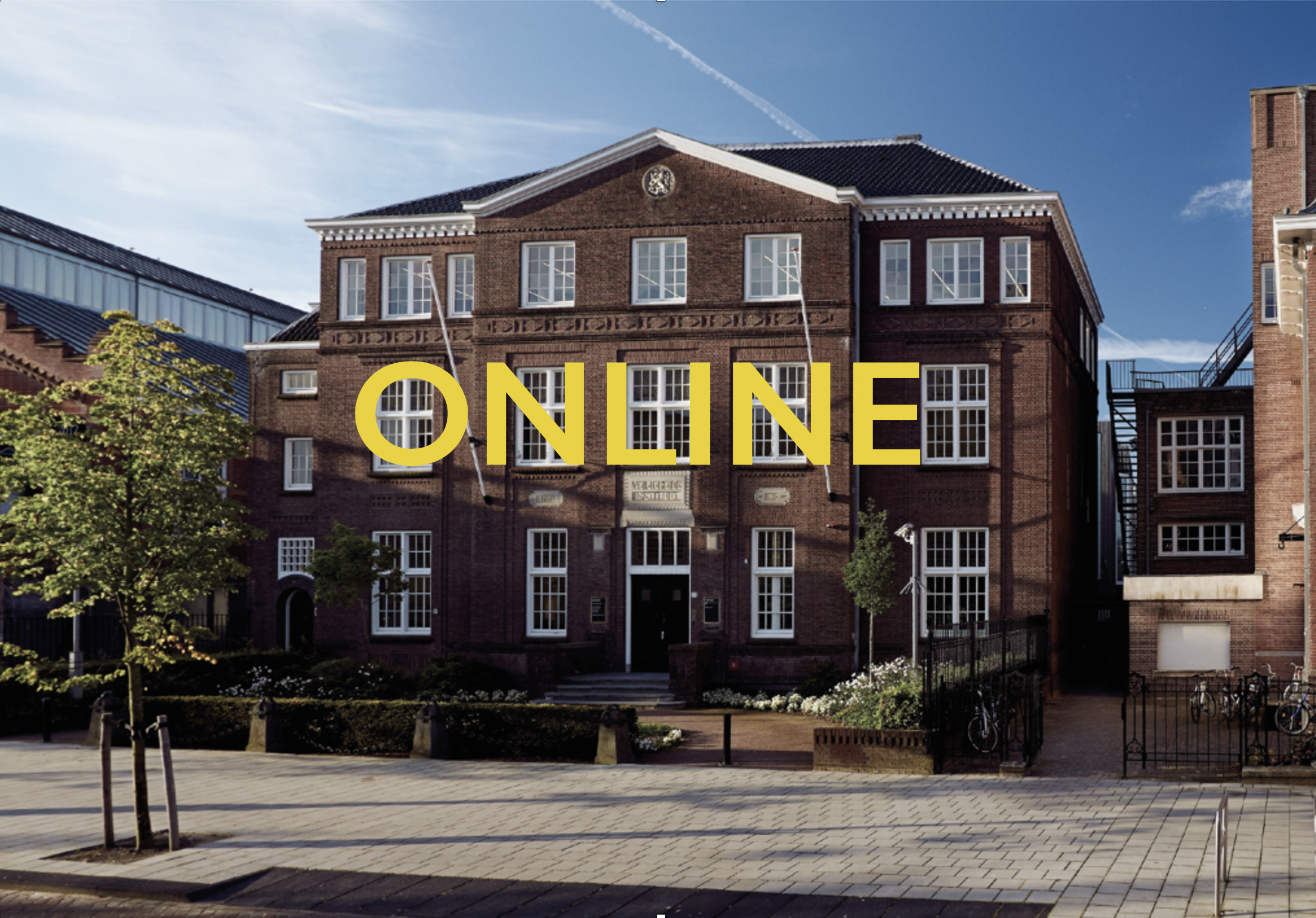

We are pleased to announce a new, online edition of the NICAS colloquium on Thursday 9 July 2020 from 11.00 to 12.00 hrs. The colloquium will take place online through Microsoft Teams.
The chair of this colloquium will be Emilie Froment (UvA).
The presenters are:
► Luc Megens –Uranium glaze on Dutch Art Nouveau and Art Deco Pottery
Abstract:
Ceramic conservators generally know little about the possible dangers or even the existence of glazes made with uranium. The most well-known are the bright orange-red colors of the American Fiesta ware. It turns out that uranium oxides were widely used in the first decades of the twentieth century as colourants for ceramic glazes, also by potters in the Netherlands.
Gouda pottery by the N.V. Plateelbakkerij Zuid-Holland (PZH) ranks among the most recognizable types of Dutch art pottery from the Art Nouveau and Art Deco eras. In 1910, the company’s leading designer D. Harkink developed a type of matt glaze ware called Rhodian, which would spark Gouda ware’s international fame. Today it can be found in museum collections worldwide, and is highly sought-after by private collectors. Rhodian-type Gouda ware is characterized by vivid colors, notably various shades of green. ‘Paints’ were applied onto a white matt glaze ground that had been pre-sintered onto the bisque. A bronze-green color is particularly noteworthy, as it exhibits surface crystallization effects resulting in characteristic yellowish patches. Surprisingly, it was found that also Gouda ware with this bronze-green glaze is radioactive. Study of laboratory notes of PZH and technical analysis of the glaze was performed revealing the recipe and processes and microstructures that lead to the bronze-green appearance.
This research has made it possible to understand the production and identify the composition of a universally collected Dutch ceramic product and improve the awareness of the measures that need to be taken by those working with such collections.
Bio:
Luc Megens is senior scientist at te Cultural Heritage Agency and specializes in glass, ceramics, pigments and organic archaeological materials and residues.
► Fréderique Broers – New insights into the degradation of arsenic sulfide degradation using synchrotron X-ray spectroscopy
Abstract:
Arsenic sulfide pigments (orpiment and realgar) show different degradation forms in oil paintings. To fully understand the degradation mechanism of these compounds we use synchrotron based X-ray spectroscopy. X-ray Absorption Near-Edge Structure spectroscopy and Transmission X-ray Microscopy studies were performed at SSRL and DESY Petra III. The isolated pigment, the pigment in model systems as well as the behaviour of the pigment in historical oil paintings is studied. Although light induced oxidation was long thought to be the main reason for the degradation of these pigments, the medium in which the pigment is located seems to be of bigger importance than thought so before.
Bio:
Fréderique Broers is a PhD student in the NICAS project “3D understanding of degradation products in paintings”. The research has a focus on the degradation of arsenic and lead based pigments. She obtained her bachelor and master in Chemistry at Utrecht University.
We hope to see you all online at the NICAS colloquium!
Kind regards,
Ella Hendriks, Katrien Keune and Tatja Scholte
If you are not already on the NICAS mailing list, please enter your email to be added to the mailing list and to receive updates for this and future events.